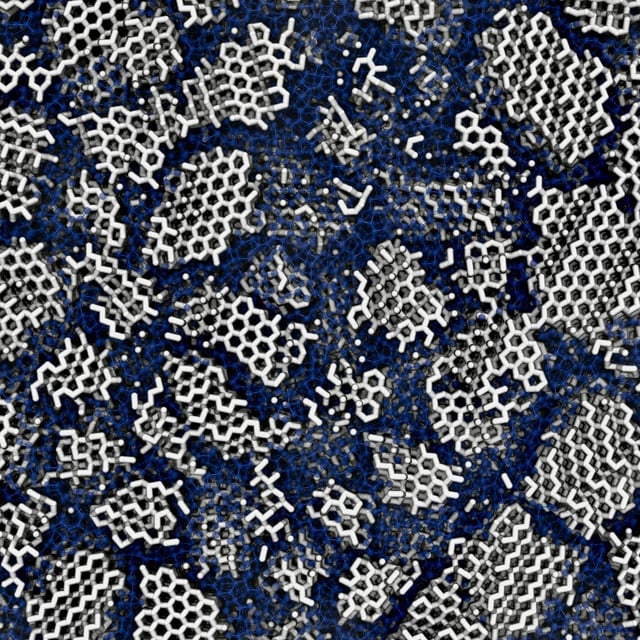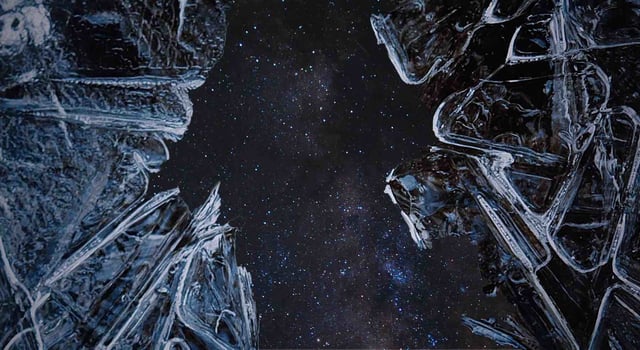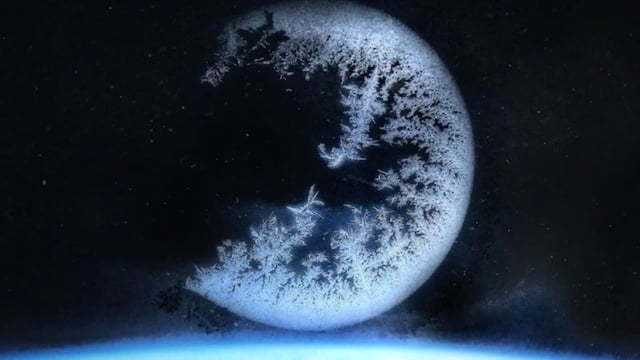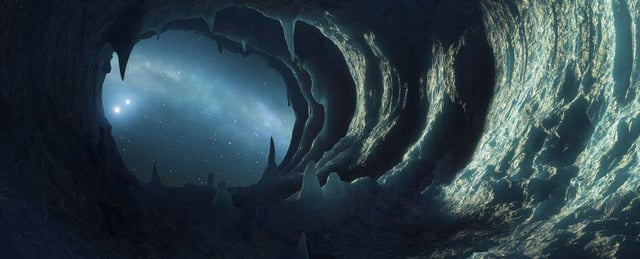Overview
- Researchers published a July 7 Physical Review B paper showing that low-density amorphous ice in space contains 3-nm-wide crystals, constituting about 20% of its structure.
- Combined computer models and laboratory re-crystallization experiments revealed that an 80% amorphous matrix with 20% crystalline inclusions best matches X-ray diffraction measurements.
- This overturns the assumption that cosmic ice is fully disordered, demonstrating that low-density amorphous ice retains a structural memory of its formation.
- The partial crystallinity could reshape models of planet formation, galaxy evolution, and the transport of matter in interstellar clouds.
- Embedded crystals may limit the space available for prebiotic molecules in cometary ice and point to methods for improving amorphous materials used in technologies such as glass fibers.



